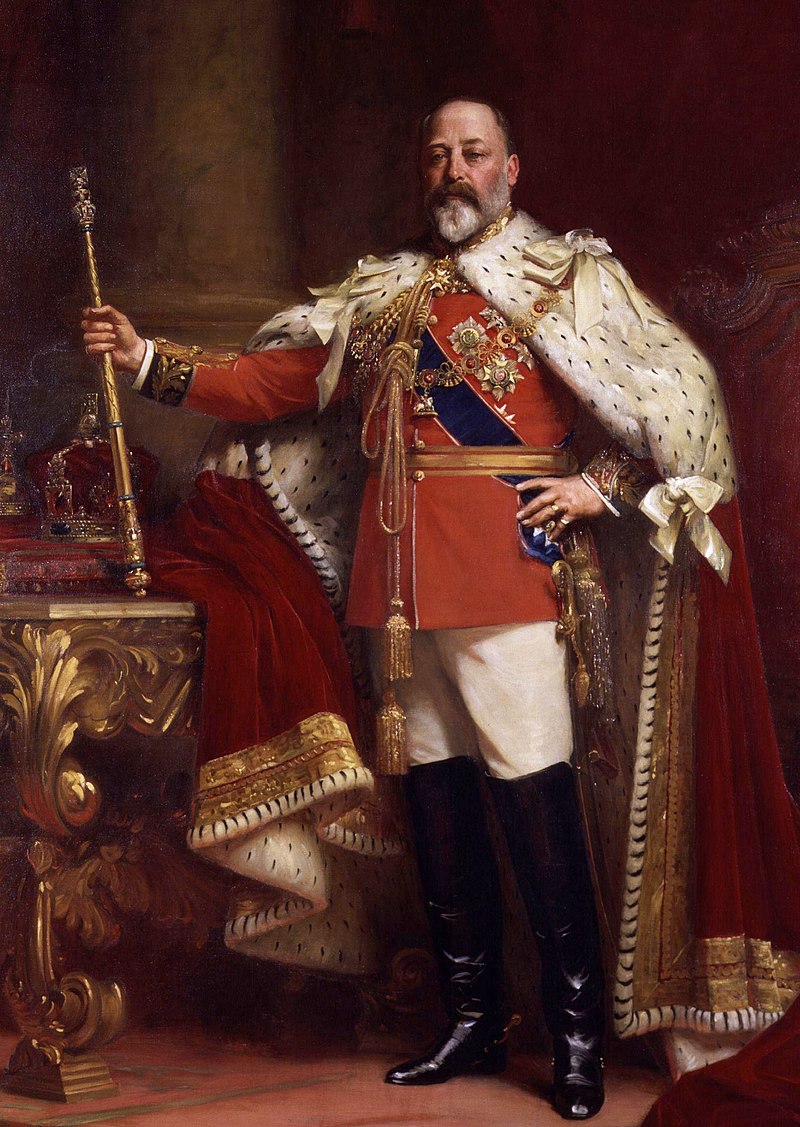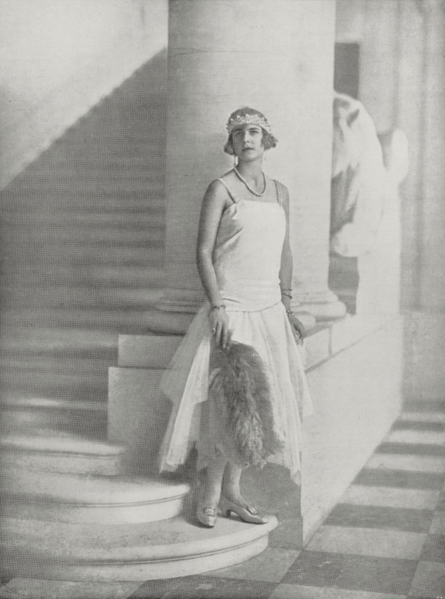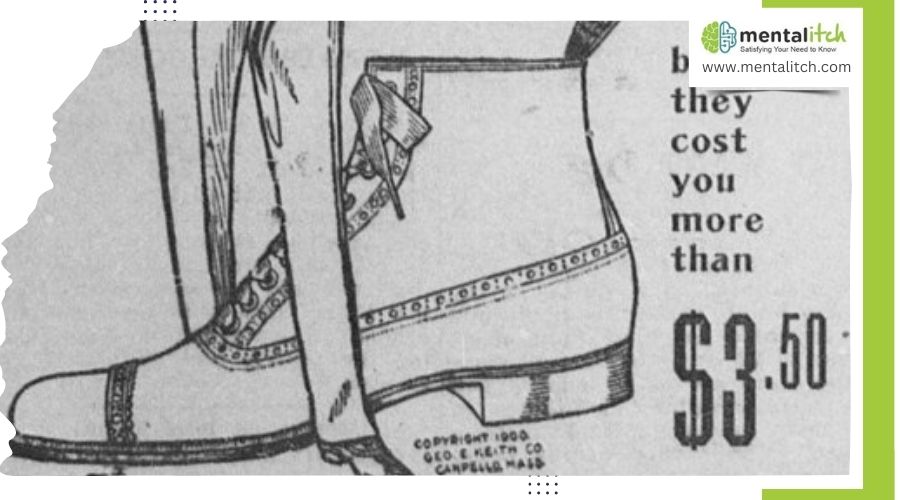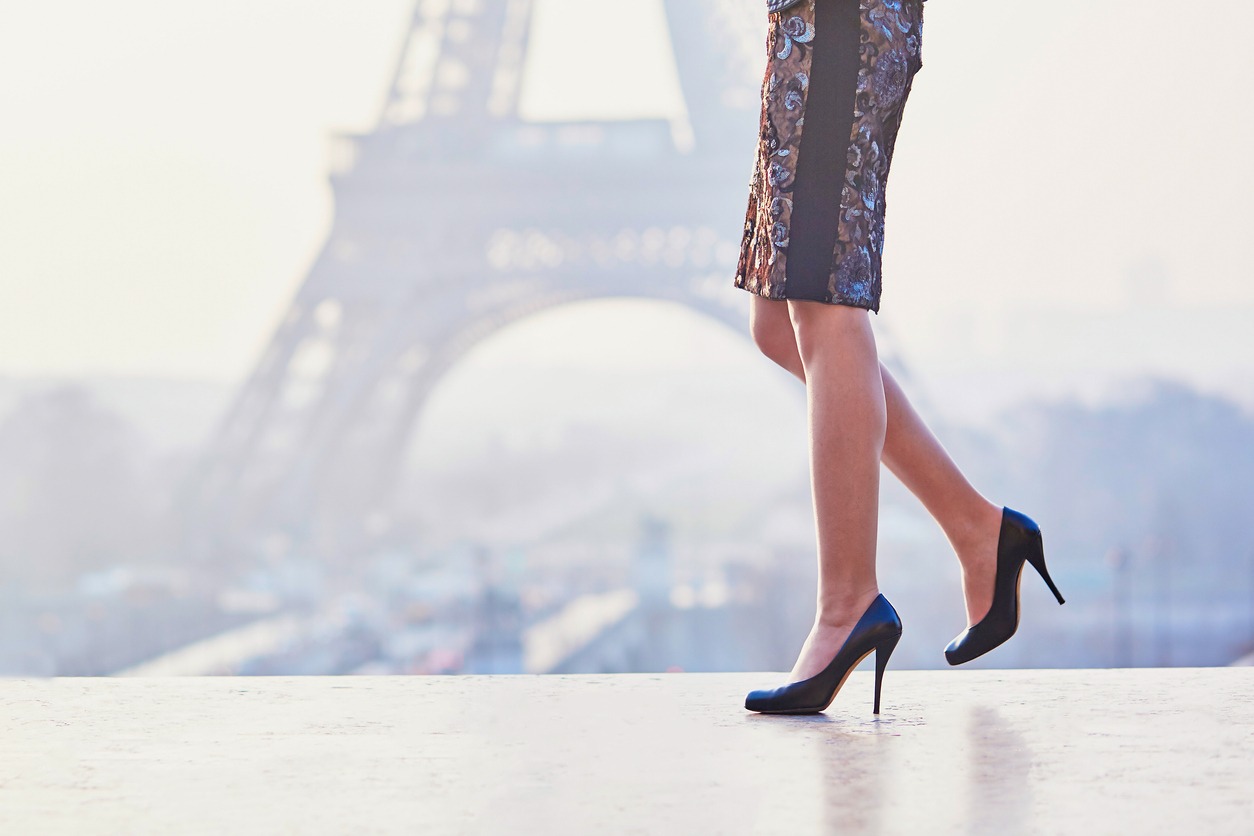Did you know that in the early 1900s, the average woman owned fewer than five pairs of shoes, a stark contrast to today’s wardrobe? As you explore the evolution of women’s footwear throughout the century, you’ll discover how changing social norms and technological advancements influenced not just the style but the very fabric of women’s shoes.
From the ornate lace-up boots of the Edwardian era to the practical yet stylish post-war designs, each pair tells a story of cultural shifts, technological progress, and the unending quest for comfort and fashion. Let’s step into the past together and uncover how these changes paved the way for the shoes you wear today.
Key Takeaways
- Women’s shoe styles evolved from luxurious Edwardian lace-ups to practical post-war designs.
- The 1920s Flapper era introduced low-heeled, decorative shoes symbolizing newfound freedoms.
- Wartime in the 1930s and 1940s necessitated practical, material-conserving footwear adaptations.
- Late 1900s trends emphasized a balance of comfort and style, accommodating diverse needs.
Edwardian Era Beginnings

KingEdward VII
At the dawn of the 1900s, Edwardian women embraced footwear styles like lace-up boots and button boots, marking a distinct fashion evolution. These weren’t just any shoes; they were a testament to the era’s sophistication and attention to detail. You’d find lace-up boots crafted from luxurious kid skin or adorned with a silk top, reflecting the period’s penchant for elegance and refinement. Meanwhile, button boots, with their unique cuffs and curved edges, became all the rage in the 1910s, showcasing the era’s innovative approach to women’s shoes.
In the Edwardian era, women didn’t just stick to one type of shoe for all occasions. Instead, they’d an array of specialized footwear at their disposal. From colonial pumps that added a touch of class to any outfit, to oxfords for a more casual look, and even sport boots for the more adventurous spirits, there was a shoe for every occasion. Evening slippers and bedroom shoes varied in style and material, ensuring comfort and style went hand-in-hand. This era’s fashion evolution wasn’t just about aesthetics; it was about providing women with choices that reflected their lifestyle, personality, and the specific demands of various occasions.
The 1920s Flapper Influence

Marie-Jose of Belgium, Crown Princess of Italy
As the 1920s unfolded, flapper fashion revolutionized women’s shoes, introducing styles like T-strap Mary Janes and low-heeled pumps that prioritized both comfort and freedom. This era marked a significant departure from the restrictive footwear of previous decades, embracing a design philosophy that merged practicality with a touch of glamour. You’d find yourself stepping into a world where your shoes weren’t just accessories, but declarations of independence and style.
The T-strap Mary Janes and low-heeled pumps weren’t just about looking good; they were about moving freely and confidently. The iconic flapper style broke away from towering heels, favoring lower, more practical heels that allowed for endless dancing and ease of movement. Decorative elements like bows, buckles, and beading added flair to the simple and sleek designs, making each pair a work of art.
This shift in footwear mirrored the changing social norms and attitudes of the time. Women were challenging traditional roles and expressing newfound freedoms, and their choice of shoes reflected this transformation. The 1920s flapper influence on shoes showcased a blend of style and functionality, catering to the active and modern woman of the era, signaling a new age of comfort, freedom, and fashion.
1930s and 1940s War-Time Shifts
While the 1920s celebrated freedom and style in women’s footwear, the 1910s and 1940s brought about a practical recalibration, with war-time needs shaping shoe designs. You saw shoes transitioning from mere fashion statements to practical, sturdy companions suitable for a world engulfed in conflict.
- Practicality Took Precedence: The 1910s witnessed a shift towards more practical and sturdy footwear, a direct result of World War I’s impact on fashion. Shoes were designed to last and support women’s increased roles in the workforce and society.
- Rationing Influences: By the 1940s, rationing during World War II significantly influenced women’s shoe designs. Leather became scarce, leading to innovation in materials and styles.
- Innovative Materials: The scarcity of traditional materials led to the use of alternative materials, including cork and wood soles. These weren’t just practical but also reflected the era’s ingenuity in the face of shortages.
- Reflection of Societal Changes: The shifts in shoe design during the 1910s and 1940s mirrored broader societal changes. Footwear adapted to the demands and realities of life during periods of intense conflict, showcasing the resilience and adaptability of fashion to the world’s circumstances.
Post-War Fashion Liberation

Platform shoes worn by Mae West, 1950s AD, wood, metallic leather – Textile Museum, George Washington University
The aftermath of World War II ushered in an era of fashion liberation for women, marked by a noticeable shift towards more practical and comfortable shoe styles. You’ve entered a period where the constraints of war-time scarcity gave way to an appreciation for simpler designs and materials in women’s footwear. This post-war fashion liberation wasn’t just about aesthetics; it was deeply rooted in the practical needs and the evolving roles of women in society.
As you explore this transformative time, you’ll notice how lower heels became a symbol of this newfound freedom. Gone were the days of towering, impractical footwear. Instead, you embraced flats, wedges, and loafers, each reflecting a move towards comfort without sacrificing style. These shoes weren’t just a fashion statement; they were a nod to the practicality that women demanded in their everyday lives.
The popularity of these styles during the post-war era highlighted a significant shift in women’s footwear. Comfort and practicality became key considerations, influencing fashion trends in a way that resonated with women across the board. Post-war fashion liberation, therefore, wasn’t just about changing how you dressed; it was about transforming how you lived, worked, and moved through the world.
Late Century Comfort and Style
Building on the post-war fashion liberation, late 1900s women’s shoes continued to emphasize both comfort and style, introducing versatile designs like practical lace-up boots and elegant buttoned shoes. This era saw an exciting blend of traditional and modern elements, making it a golden age for women’s footwear. The variety of styles catered to different occasions and personal preferences, ensuring that every woman could find something that fit her needs and taste.
Here’s why you’ll love the shoes from the late 1900s:
- Lace-Up Boots: These practical yet fashionable boots, often made of durable leather, were a staple. Perfect for everyday wear, they offered unmatched comfort without sacrificing style. The Edwardian influence made lace a popular decorative detail, adding a touch of elegance.
- Buttoned Shoes: Continuing from the Victorian era, buttoned shoes remained in vogue. These shoes combined ease of wear with a sophisticated look, featuring black leather and intricate button details.
- French Heels: A nod to the era’s desire for elegance, French heels added a chic finish to both boots and shoes, providing a subtle lift that was both stylish and comfortable.
- Versatile Designs: From the practicality of lace-up boots to the elegance of buttoned shoes with French heels, the late 1900s offered a shoe for every occasion and preference.
Conclusion
As you’ve journeyed through the 1900s, you’ve seen how women’s shoes transformed from the elegant lace-ups of the Edwardian era to the flirty flapper shoes of the 1920s. Navigated through the practicality imposed by war-time in the ’30s and ’40s, and celebrated post-war fashion liberation. The century closed with a focus on both comfort and style, proving that women’s footwear isn’t just about looking good; it’s about expressing oneself and enjoying every step of the way.


